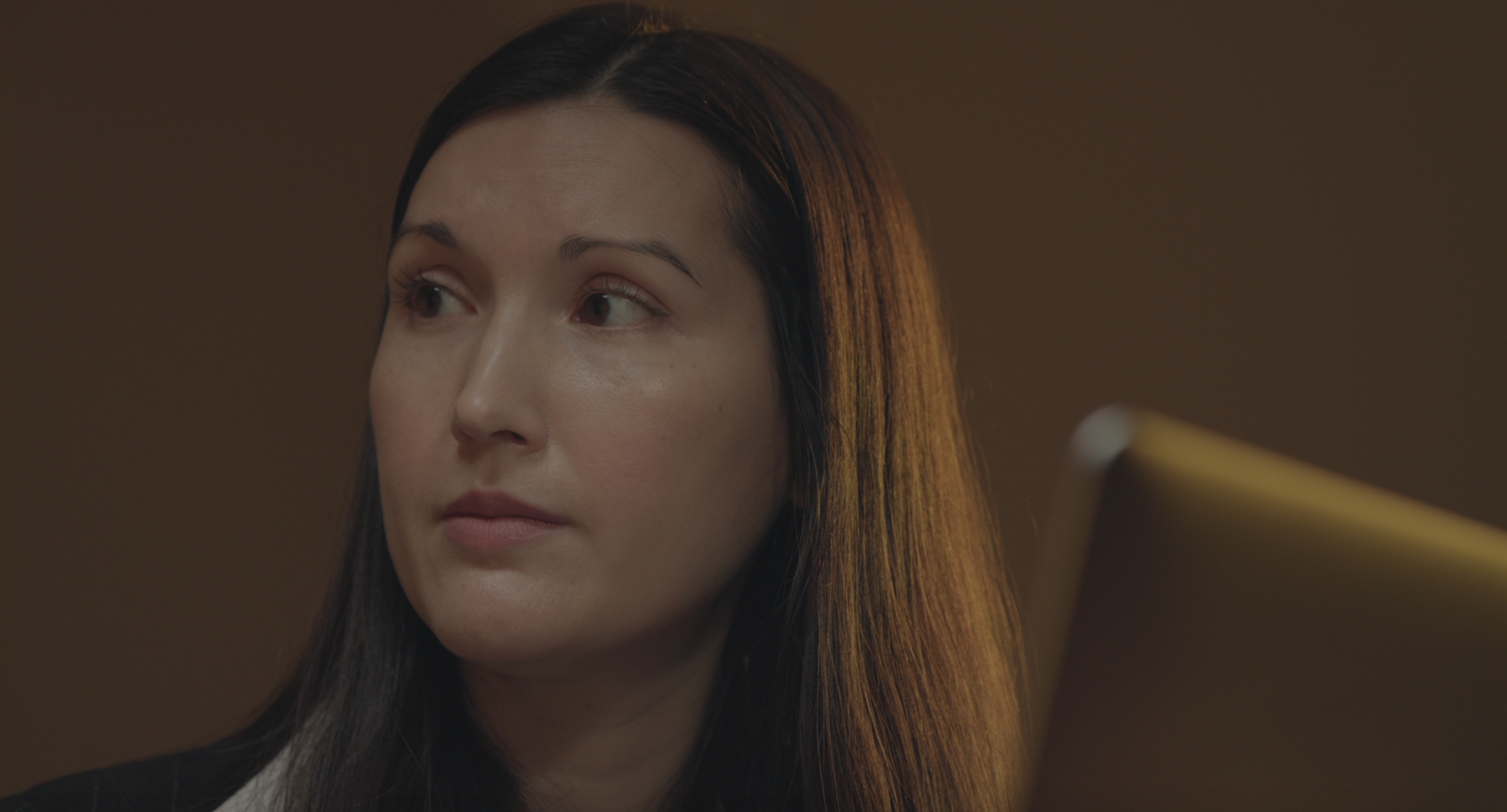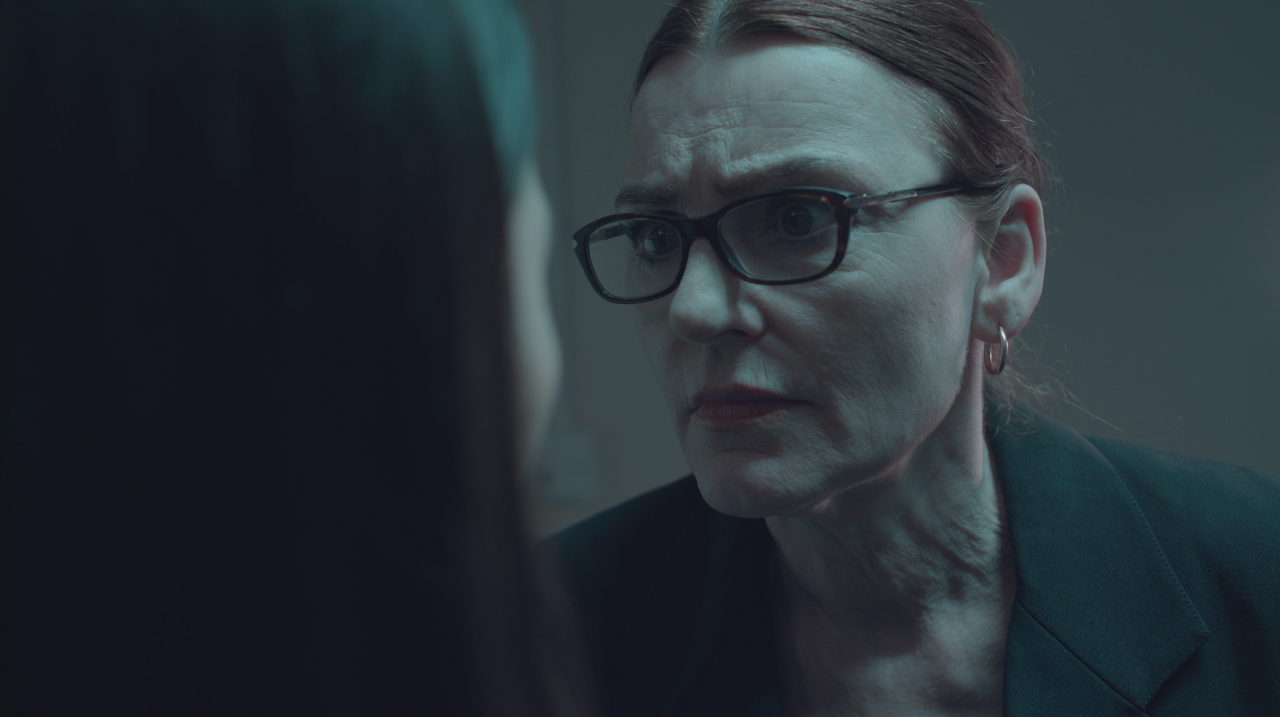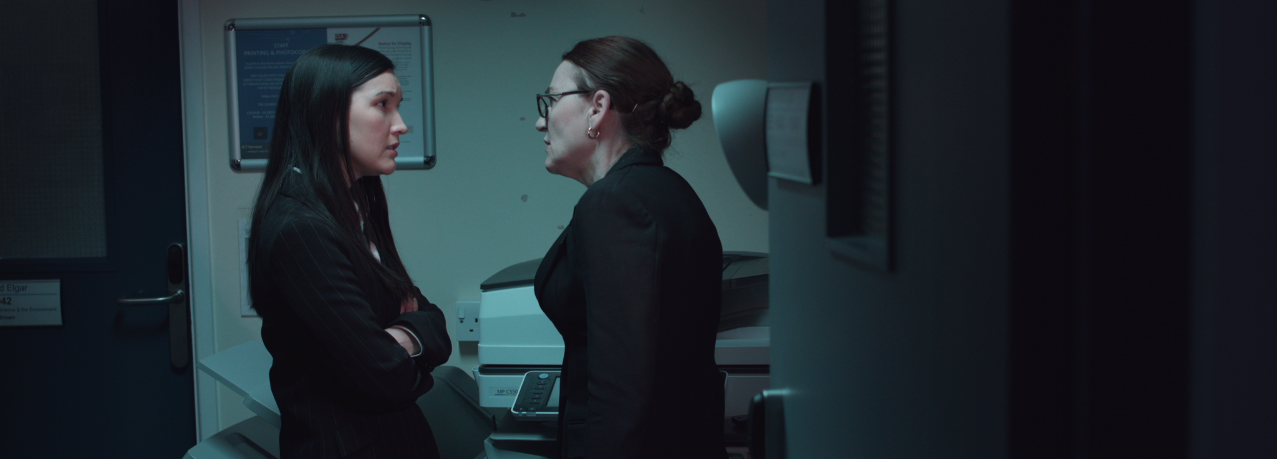Pandemic follows the story of Dr. Moritz as she negotiates the spread of a pandemic resulting in mass heart failure. Along the way she has to make some difficult moral decisions in creating a hybrid creature to provide donor organs.
Or, to be more precise, you will have to make some difficult decisions.

The film is my reaction to Frankenstein. I have always been interested in the relationship between the audience and the creature; specifically how it changes over time. As a teenager I think most people identify with the creature – feeling uncomfortable in your body and alienated from everyone else. As you get older (and become a parent) I think you identify a lot more with the relationship Victor has with the creature. This relationship of parent and child and how it is mirrored in human/animal relationships is at the core of what I wanted to explore.
In my research for the film I came up against some very interesting and difficult ideas. For example, certain organs are sold on the black market (the average price of a kidney is $5000) and this in effect stops the need for research into creating them in a lab – this is why, in Pandemic, hearts are affected. Similarly, I was surprised by how much ego and interpersonal relationships can affect decision making. This was really born out in the screenings – most audience members made decisions based on how they related to other characters rather than making the more logical choice.
 With Pandemic, I wanted to make the audience spend time with the creatures that they create. The idea that even though they will ultimately be sacrificed, you will need to care for them for a certain period of time; you will have to be physically near them to observe their lives while saving more distant and abstract lives. It is this living with your decisions that interested me in an interactive format – once you have made a decision, you will have to watch it play out. And it might not play out how you want it to. This is why I think Pandemic worked so well in an auditorium. While playing Pandemic at home, you may go backwards or take a glimpse at other possibilities, but in the auditorium the audience were locked in their decisions.
With Pandemic, I wanted to make the audience spend time with the creatures that they create. The idea that even though they will ultimately be sacrificed, you will need to care for them for a certain period of time; you will have to be physically near them to observe their lives while saving more distant and abstract lives. It is this living with your decisions that interested me in an interactive format – once you have made a decision, you will have to watch it play out. And it might not play out how you want it to. This is why I think Pandemic worked so well in an auditorium. While playing Pandemic at home, you may go backwards or take a glimpse at other possibilities, but in the auditorium the audience were locked in their decisions.
We used a simple system of red and white cards to define the yes/no answers. What originally felt like quite a lo-fi piece of technology actually proved to be one of the most interesting facets of the film. I would say 90% of audience members looked to see how others were voting and 20% or so would change their decision based on this. In the film there is an early scene (no spoilers) where the Department of Health talks about the need for public consultation. A few audience members reflected on how they were swayed by what others thought rather than what they knew was ‘right’. This raises some interesting questions about how public engagement works – is it what people really believe or what they think they should believe?

Pandemic has been an amazing project, from being able to talk to scientists at the cutting edge of their field to directing Jenny Agutter over Skype. The whole thing has been wonderful, weird and brilliant. To be able to make something that touches an audience and makes them think is a rare privilege indeed.
For anyone interested in the workings behind the film – there are over 70 different videos in Pandemic, making up over an hour of distinct and different content. We shot for 7 days in Worcester and Kidderminster. At times putting this film together has felt like four-dimensional chess. I hope you enjoy it!
Pandemic was created by John Bradburn in collaboration with the Science Museum.
Warning: this film contains themes related to creating artificial life, moderate psychological threat and horror sequences that some people may find disturbing. It may not be suitable for children aged under 14.
